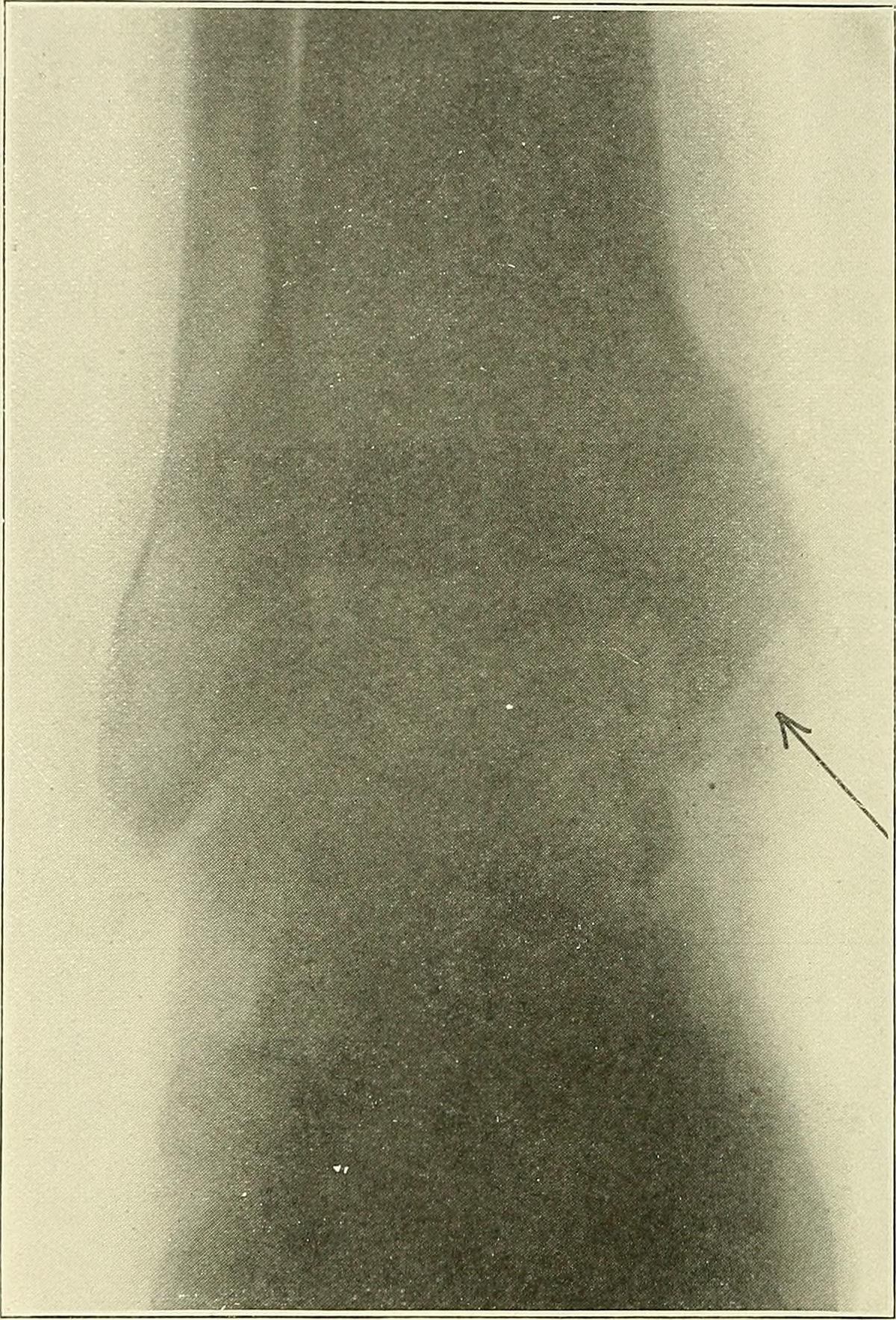
Hip Resurfacing
We will talk about the recovery period connected with the hip resurfacing procedure. This is a bit more complicated process than the total hip replacement, and as this, it involves a longer period of recovery. This procedure is a type of arthroplasty and it is a relatively new procedure. The total hip replacement is an older procedure and the hip resurfacing procedure was imagined as an alternative to the total type. The patient will decide weather he or she will undergo the procedure. The procedure, as well as recovery, are complex and require a lot of time. We will see what the patients need to go through and accomplish during this period and we will see what hip resurfacing is. The hip ball joint is not removed but reshaped, and metal prostheses are implanted. The movement of the joint will be better due to these implants and the dislocation is enabled. The procedure itself does not involve the removal of the part, but the reshaping and placing of the metal implantation.
Recovery Time
Patient’s health, sex, age and many other factors determine the length of the recovery time. After the surgery, x-ray is taken and the patient will stay in the operational room for approximately one hour for the drainage of the fluids. The observation period follows the exit from the operational room. The vital processes, like heart rate and blood pressure, are observed and checked. The period after the surgery is connected with some amount of pain. This pain can be persistent and stay for several weeks and then decrease. Contact the doctor if weeks pass and the pain remains strong.
When you enter your sixth week of the recovery, you should be able to stand on your feet with the help of crutches or a cane. Never bend waist or hips during the first weeks of this rehabilitation, to which this stage belongs too. The patient will be relatively mobile but some activities and chores will be assigned by the physiotherapist. Now we have reached the final stage of the recovery process associated with the hip resurfacing procedure. This stage carries on after the rehabilitation, which lasts six weeks. The final stage can sometimes complete a year of recovery time. Exercises will be done during this period and although the patient will experience the increase of mobility, every strain should be avoided. High energy activities, running and jumping should not be done during the entire recovery time. We have seen that recovery usually takes 3-6 weeks, but, the complete strength recovery of the hip will require a year.




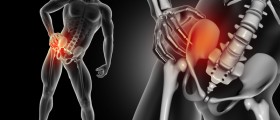
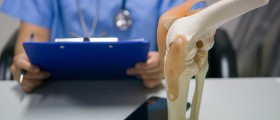




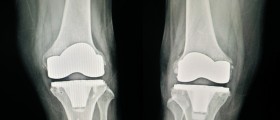
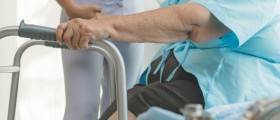





Your thoughts on this
Loading...